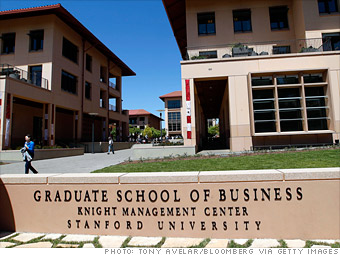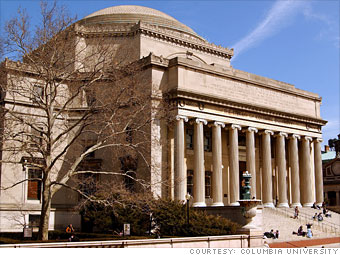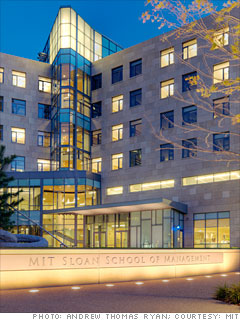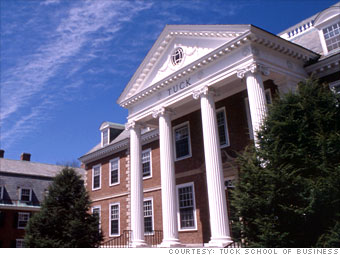 Our path to a full economic recovery may be sluggish, but "Dirty Jobs" host Mike Rowe argues that it couldn't hurt if we keep an eye out for opportunities in the mud.
Our path to a full economic recovery may be sluggish, but "Dirty Jobs" host Mike Rowe argues that it couldn't hurt if we keep an eye out for opportunities in the mud.
FORTUNE -- To catch a bloodworm, you have to wade knee-deep in Maine mudflats and dig in the muck. Now, you have to be careful handling these creatures, which have alien-looking mouths and four black teeth that sting like a bee if they find their way into your skin. It may sound like an episode of "Fear Factor," but catching bloodworms is another day at the office for some Americans, and it's surprisingly lucrative. The worms are sold for bait, and 175 or so of them will bring in roughly $50.
Bloodworm hunting is just one of the 300 dirty jobs that Mike Rowe has completed on his Discovery Channel show, "Dirty Jobs." And doing some of the grittiest and grossest jobs in America has given him a special perspective on work in the U.S.
"Dirty Jobs" host Mike Rowe
The American economy was kept on bed rest throughout 2011. While the most recent Department of Labor jobs report posted slightly encouraging numbers for the month, 8.8 million jobs have been lost since the financial crisis began, leaving 13.3 million Americans unemployed, 43% of which haven't been working for over six months.
The disappointing numbers have made many Americans increasingly gloomy about their future prospects. Yet, "so many people I've met on 'Dirty Jobs' are completely oblivious to those kinds of statistics," Rowe says.
It's not that these people are clueless. On the contrary, they see opportunity in jobs that many would consider grunt work, and they're fine with filling those spots. The rest of the country could learn something from this attitude, Rowe says.
"Are we really just going to accept the idea of a jobless recovery? Or are we going to have to fundamentally rethink the definition of a good job."
Our ideal jobs have become increasingly clean over the years, in part because the United States economy has shifted from one that makes tangible things to one that generates ideas. "More and more workers will be asked to think rather than produce in the traditional manner of manufacturing industries of the past," according to a 2010 report by the Educational Testing Service and the Council of Graduate Schools. The report also predicts that even more jobs in the U.S. will require advanced degrees in coming years.
But there is also room for people with trade skills. "We simply value a different set of things than we used to," Rowe says. "We bought into the notion that all knowledge comes from college, but the truth is there's infinite knowledge out there."
Rowe argues that the workforce would benefit if society had greater respect for "alternative," tracks such as vocational and trade schools. "If you call something 'alternative,' what does that mean? In basketball, it means you sit on the bench," Rowe says.
In fact, research conducted by University of Minnesota sociologist Jeylan Mortimer suggests that high school students who remain open to vocational or trade school are more likely to stay employed during tough times than those who see their career paths with tunnel vision.
This isn't to say that everyone should ditch their Ph.D. programs and dig for bloodworms. But "Dirty Jobs" has taught Rowe that there is plenty of tough physical work that pays relatively well and keeps the country running. Right now, there seems to be plenty of job opportunities in ITto go around, but to make them viable, someone has to put up the cell phone tower.
The path to full recovery may be sluggish, but it couldn't hurt if we keep an eye out for opportunities in the mud.











